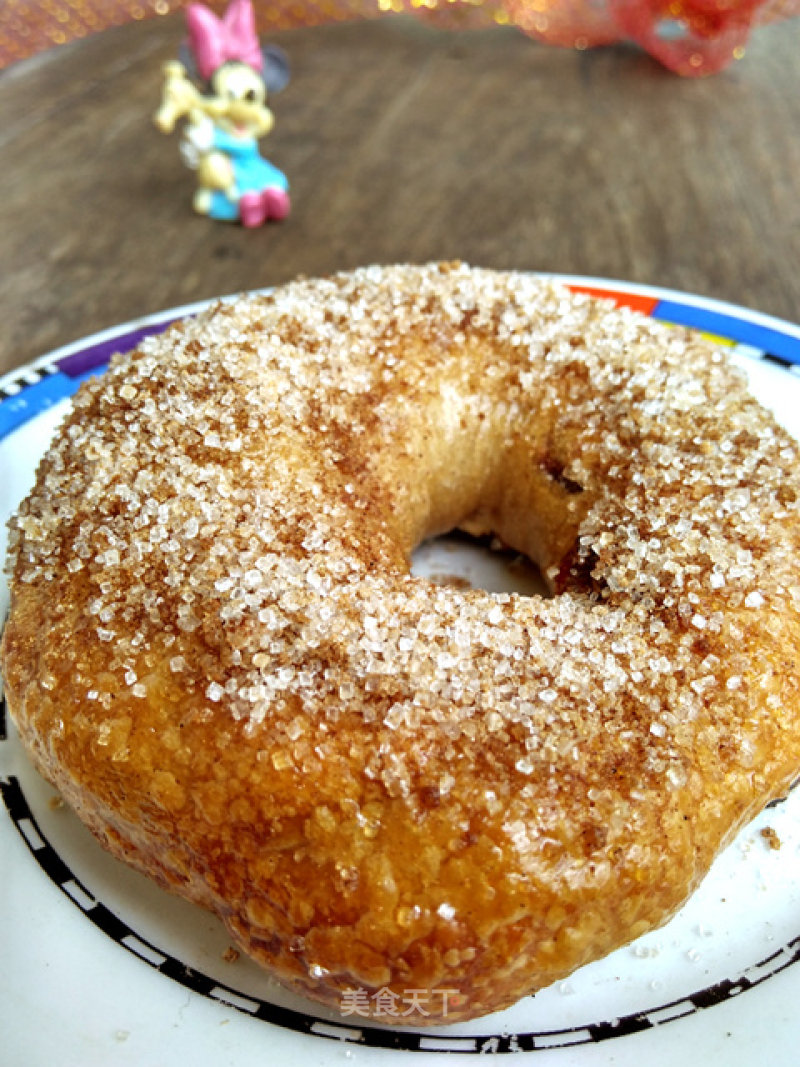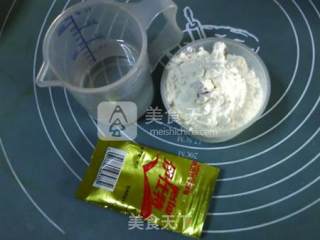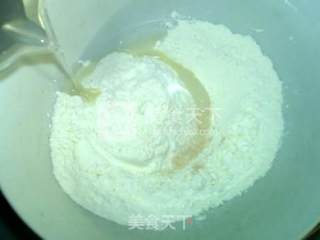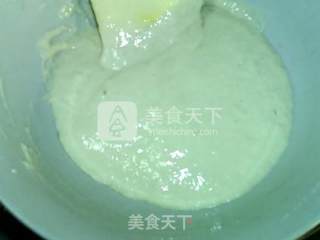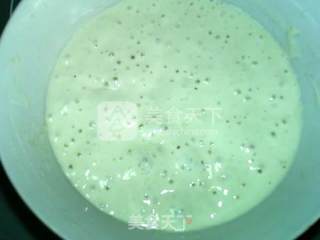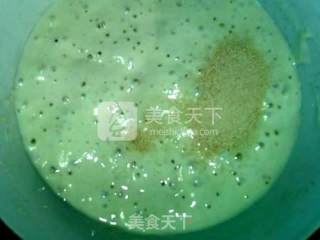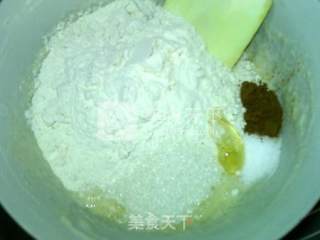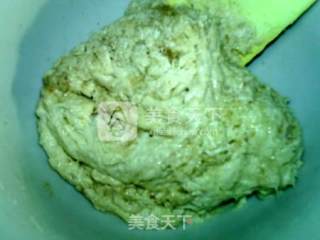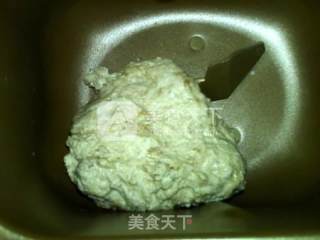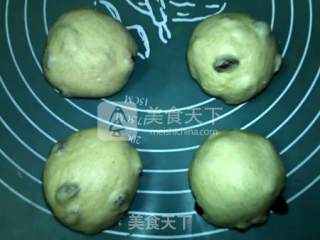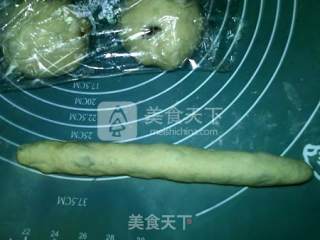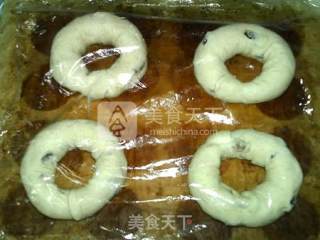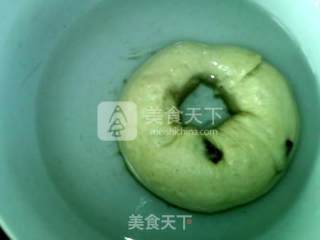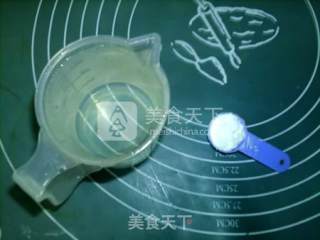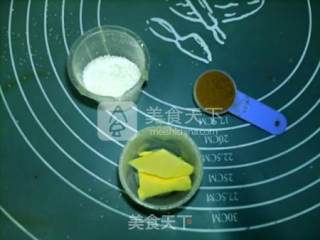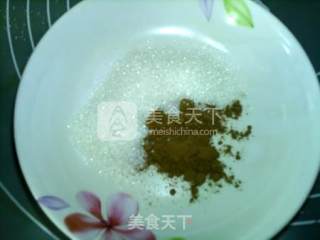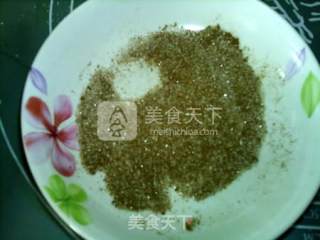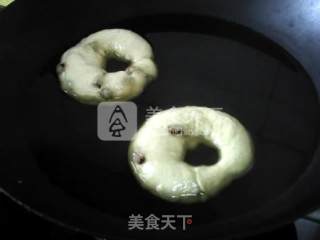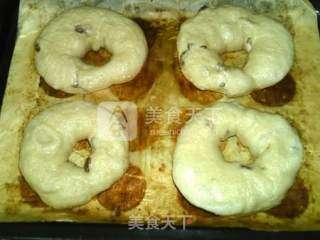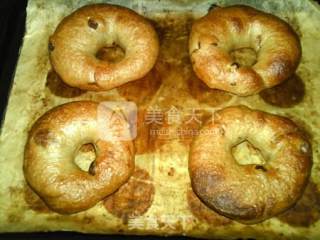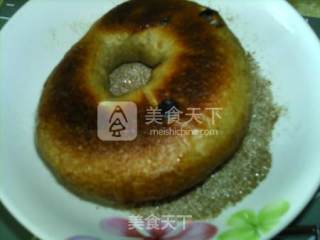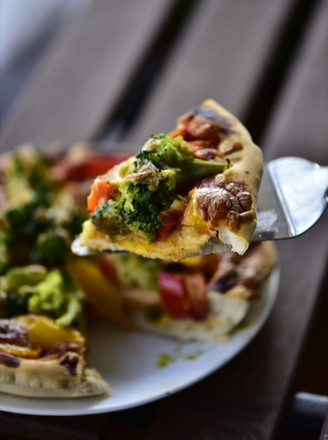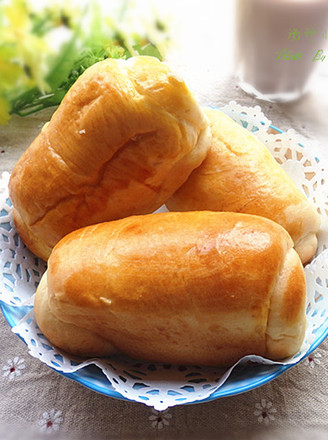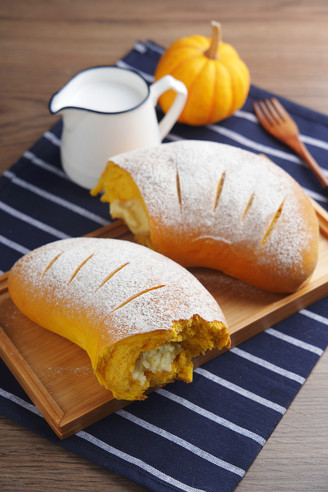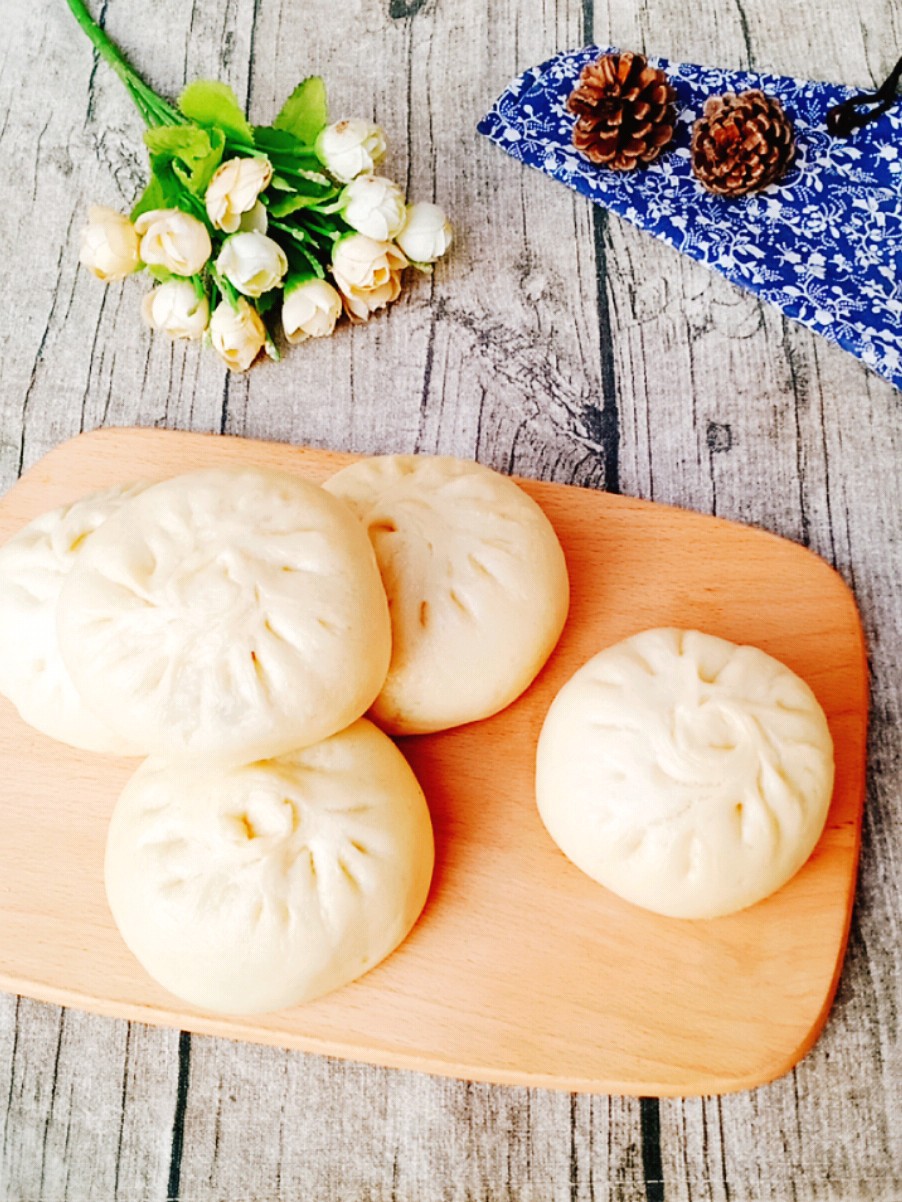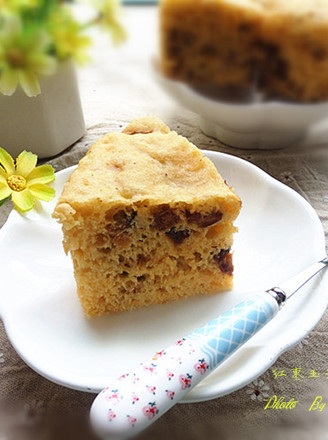Cinnamon Raisin Bagels
by Food·Color
Favorite
Difficulty
Easy
Time
48h
Serving
2
According to folklore, bagel was invented in Austria in the 17th century. It was a tribute to the victor, the Polish fruity poplar. The inventor made a model of a stirrup hung on the king's saddle. This is a popular bread in Germany and Poland, and was later introduced to the United States by Jewish immigrants from Germany and Poland, so we think it is a kind of Jewish bread. "
The use of starter technology "not only makes bagels have better taste and texture, but also makes bagels easier to freeze and defrost than commercially produced bagels because it contains higher natural acid. The premise of this method of operation is Ensure longer fermentation time and slower process, which can improve the taste and extend the shelf life... If you don’t undergo a long period of slow refrigeration and fermentation, you will never bake a legendary bagel, because only Only this kind of fermentation can make the natural enzymes (and the enzymes in the malt) release the flavor of the starch."-Another advantage is that the time for making bread is not so tight: make the starter the day before, and make the next day. The dough is baked the next day. Without having to spend a lot of time guarding it.
"The dough used to make bagels may be the hardest dough in the bread kingdom. Usually, the liquid in most doughs accounts for 55%-65% of the weight of the flour. However, the liquid in the dough used to make bagels usually only accounts for 50%-57% of the weight of the flour. This hardness enables the dough to withstand the test of boiling without collapsing or deforming."-Steamed buns seem to have this ratio with water, which means that the dough of bagels should also work Used to make steamed buns. However, old-fashioned buns usually use alkali to neutralize the sourness in the dough and make the dough more fluffy. But bagels don't have such a taste.
"There are two kinds of people in the world, one who likes hard boiled bagels and the other who likes soft steamed bagels. I grew up on the east coast of the United States, where Jews gather, so I naturally think An authentic bagel is a boiled version of bagel with a thicker skin and firm taste. It is called a boiled bagel because it is cooked in a pot of boiling alkaline water." "Boiled is one thing." A controversial technique. Some people insist on adding baking soda, salt, sugar, honey, milk, or a mixture of them to the water when cooking bagels. Some bagels use edible lye, others just use water. I try Through various methods, I found that the final result does not depend on what is added to the water, but depends on the time the bagel is boiled in water. However, I still recommend adding a small amount of baking soda that can be found everywhere in the water to make the water alkaline. Its taste is also the most similar to commercial lye. Alkaline water will make the starch on the surface of the dough slightly different when gelatinization occurs, which will make the surface of the dough more shiny. When baking, the degree of coking is also It will be deeper. The taste of the lye is not very obvious, and most people who taste bagels will not pay attention."-No wonder it has to cook for 1 minute on both sides. No other version I saw lasted for more than 30 seconds. I didn't turn the book when I was cooking. I assumed it was cooked for 5 minutes in the book, but I thought I cut the time and cooked for 1 minute. The rhythm of a few seconds was slightly faster, but it was close to 1 minute. Had to eat very tough bagels. Alkaline water makes the dough darker and looks more attractive.
Although the original bagels were made once in the same way, but the conditions are still frequent after the operation again: I have not got used to this ACA oven that has been used less than five times, and the bagels are only discovered when they are cooked in water until they are out of the pot. The device is ticking and turning, and the temperature is well screwed, but the function file still stays in the fermentation position. The cooked bagels have to stay in the baking tray for a few minutes to wait for the oven to preheat. I felt that the oven door was a bit wrong with the first two uses-open the oven door and as long as you don't hold it, it will open to the bottom and go down to the lowest point. After careful observation, it turned out that the door hinge on the right was separated from the spring hook. This discovery made people feel very uncomfortable. Although it will not affect the sealing effect of the door, and therefore will not affect the baking effect, but it makes people lose interest quickly, after all, this oven has not been warmed. . . .
In the end, the bagels with frequent conditions are still cultivated. Although they look ugly and are not round enough, the brown-red skin still makes people feel that the mood is starting to get a little better. . . . Come fix the door another day. . . "
The use of starter technology "not only makes bagels have better taste and texture, but also makes bagels easier to freeze and defrost than commercially produced bagels because it contains higher natural acid. The premise of this method of operation is Ensure longer fermentation time and slower process, which can improve the taste and extend the shelf life... If you don’t undergo a long period of slow refrigeration and fermentation, you will never bake a legendary bagel, because only Only this kind of fermentation can make the natural enzymes (and the enzymes in the malt) release the flavor of the starch."-Another advantage is that the time for making bread is not so tight: make the starter the day before, and make the next day. The dough is baked the next day. Without having to spend a lot of time guarding it.
"The dough used to make bagels may be the hardest dough in the bread kingdom. Usually, the liquid in most doughs accounts for 55%-65% of the weight of the flour. However, the liquid in the dough used to make bagels usually only accounts for 50%-57% of the weight of the flour. This hardness enables the dough to withstand the test of boiling without collapsing or deforming."-Steamed buns seem to have this ratio with water, which means that the dough of bagels should also work Used to make steamed buns. However, old-fashioned buns usually use alkali to neutralize the sourness in the dough and make the dough more fluffy. But bagels don't have such a taste.
"There are two kinds of people in the world, one who likes hard boiled bagels and the other who likes soft steamed bagels. I grew up on the east coast of the United States, where Jews gather, so I naturally think An authentic bagel is a boiled version of bagel with a thicker skin and firm taste. It is called a boiled bagel because it is cooked in a pot of boiling alkaline water." "Boiled is one thing." A controversial technique. Some people insist on adding baking soda, salt, sugar, honey, milk, or a mixture of them to the water when cooking bagels. Some bagels use edible lye, others just use water. I try Through various methods, I found that the final result does not depend on what is added to the water, but depends on the time the bagel is boiled in water. However, I still recommend adding a small amount of baking soda that can be found everywhere in the water to make the water alkaline. Its taste is also the most similar to commercial lye. Alkaline water will make the starch on the surface of the dough slightly different when gelatinization occurs, which will make the surface of the dough more shiny. When baking, the degree of coking is also It will be deeper. The taste of the lye is not very obvious, and most people who taste bagels will not pay attention."-No wonder it has to cook for 1 minute on both sides. No other version I saw lasted for more than 30 seconds. I didn't turn the book when I was cooking. I assumed it was cooked for 5 minutes in the book, but I thought I cut the time and cooked for 1 minute. The rhythm of a few seconds was slightly faster, but it was close to 1 minute. Had to eat very tough bagels. Alkaline water makes the dough darker and looks more attractive.
Although the original bagels were made once in the same way, but the conditions are still frequent after the operation again: I have not got used to this ACA oven that has been used less than five times, and the bagels are only discovered when they are cooked in water until they are out of the pot. The device is ticking and turning, and the temperature is well screwed, but the function file still stays in the fermentation position. The cooked bagels have to stay in the baking tray for a few minutes to wait for the oven to preheat. I felt that the oven door was a bit wrong with the first two uses-open the oven door and as long as you don't hold it, it will open to the bottom and go down to the lowest point. After careful observation, it turned out that the door hinge on the right was separated from the spring hook. This discovery made people feel very uncomfortable. Although it will not affect the sealing effect of the door, and therefore will not affect the baking effect, but it makes people lose interest quickly, after all, this oven has not been warmed. . . .
In the end, the bagels with frequent conditions are still cultivated. Although they look ugly and are not round enough, the brown-red skin still makes people feel that the mood is starting to get a little better. . . . Come fix the door another day. . . "

